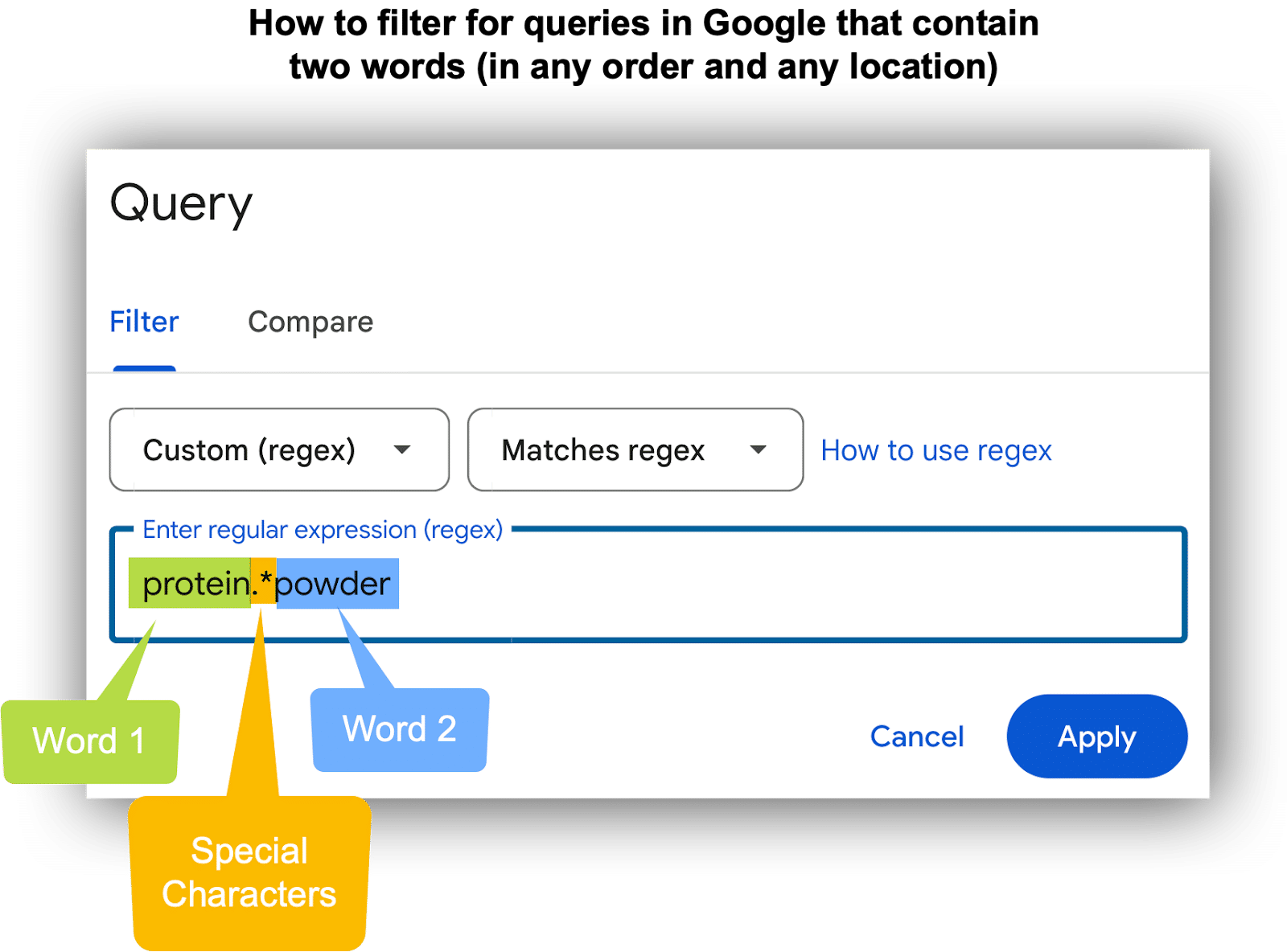Evaluating technical SEO data: Key segmentation approaches
Learn commonly used and lesser-known data segments to help you pinpoint technical SEO patterns and trends in enterprise websites.
When training new technical SEOs, I find they struggle to identify action items from tools like Google Search Console and site crawlers (e.g., Screaming Frog, Lumar, OnCrawl).
I presented on this topic at SMX Advanced 2024. For those who missed it, I’m recapping the presentation as a mini-series here on Search Engine Land.
Commonly used data segments
When looking for action items in technical SEO data, you need to be able to segment the data. I like to analyze data in many different ways to identify locations, patterns, trends and fluctuations that create large volumes of errors.
Segmenting is essential for enterprise-level companies because:
- They need to pinpoint exactly where site trends have changed.
- Identifying patterns in these changes offers a greater return on efforts.
Since most enterprise sites use templates or widgets that can generate errors across thousands or millions of pages, effective segmentation helps quickly locate and fix issues at scale.
Common segments that most companies use include:
- Country (that the page targets).
- Subfolder/directory.
- Template.
- Breadcrumb.
- Business division.
Less common data segments
When evaluating SEO, you should dig deeper than the usual data segments, especially for troubleshooting traffic or ranking changes. These less common data segments are crucial for enterprise SEO.
The following are the less common segments I recommend using.
CMS platform instance
Many enterprise-level companies have multiple CMS platforms or multiple instances of the same CMS that generate the entire site.
For this reason, you should look at data across these platforms. Sometimes, a specific CMS causes the problem. From there, you can usually pinpoint it to a particular dev team. This makes it easier to identify the changes that may have created the problem(s).
Language on the page
We occasionally find that languages used for many pages can be the root source of issues, particularly when the content is duplicated across many countries.
Filtering by language can help identify if duplicate content within languages suddenly becomes a problem.
For example, one client experienced a drop in traffic to many country sites, but they all had the same language.
By examining the traffic for that language across the entire site, we saw it remained the same. This showed that one country’s pages were cannibalizing traffic from other countries. The root cause was that the pages were caught in duplicate content filters.
Product line
While these are usually smaller segments, I like to monitor large, top-priority product lines to ensure that drops do not impact their traffic.
Setting up this segment helps to rule out issues for key product lines quickly. This applies to B2B original equipment manufacturers (OEMs) with a wide range of product families.
Pages targeting a keyword cluster/topic
When traffic significantly changes, it’s important to quickly confirm that core keyword topics/clusters aren’t impacted.
Many companies set this up in their rank tracking tool, which only monitors changes in pre-defined, targeted keywords. Instead, pulling traffic/rankings from all keywords in a cluster is more effective.
One quick way to do this is in Google Search Console by searching for all keywords containing a particular modifier.
For example, a health and nutrition ecommerce store might quickly look at the “protein” or “collagen” segment.
Remember to use regex to find all queries in a keyword cluster with two or more words:

Rarely used Core Web Vitals data segments
Many SEO teams aren’t segmenting enough in Core Web Vitals.
When you don’t segment deep enough, it’s hard to figure out why metrics are so low and what you can do to improve them.
Common Core Web Vitals segments used by most companies:
- Mobile.
- Desktop.
Other Core Web Vitals segments (only available via the Google CrUX API):
- Country (all pages).
- Country (by Directory).
- Country (by Template).
- Segments from the Google CrUX API:
- Desktop 4G.
- Desktop 3G.
- Mobile 4G.
- Mobile 3G.
- Navigation types.*
- Form factors.*
*Note: Navigation types and form factors data became available in late April 2024.
Core Web Vitals segments by country
Sometimes it’s useful to go one step further with Core Web Vitals segmentation and look at the metrics by country.
You won’t need these all the time, but they can be very useful when troubleshooting, auditing and looking for Core Web Vitals tech solutions.
Very rarely used Core Web Vitals segments (by country):
- Desktop 4G (by country).
- Desktop 3G (by country).
- Mobile 4G (by country).
- Mobile 3G (by country).
We found these segments useful for a global B2B client selling high-ticket products in a small market with lower total traffic.
One Core Web Vitals metric was unusually low, but tests showed no issues. However, analyzing connection speeds by country revealed that a single small country had very low scores.
Because of its small traffic volume, this skewed the overall metric. All other countries had acceptable scores.
Unless the score for this small country was fixed, the metric would stay low. In SEO, sometimes you have to accept minor issues.
In this case, product managers understood the situation and decided whether to fix it or focus on other SEO opportunities.
What’s next?
Next, review your technical SEO tools to identify useful segments for troubleshooting site issues. Set these up now to easily analyze trends and patterns during future traffic fluctuations.
While you define your segments, I’ll work on part 2 of this series, which will list the minimum technical SEO metrics you need to review.
Contributing authors are invited to create content for Search Engine Land and are chosen for their expertise and contribution to the search community. Our contributors work under the oversight of the editorial staff and contributions are checked for quality and relevance to our readers. The opinions they express are their own.
Related stories
New on Search Engine Land